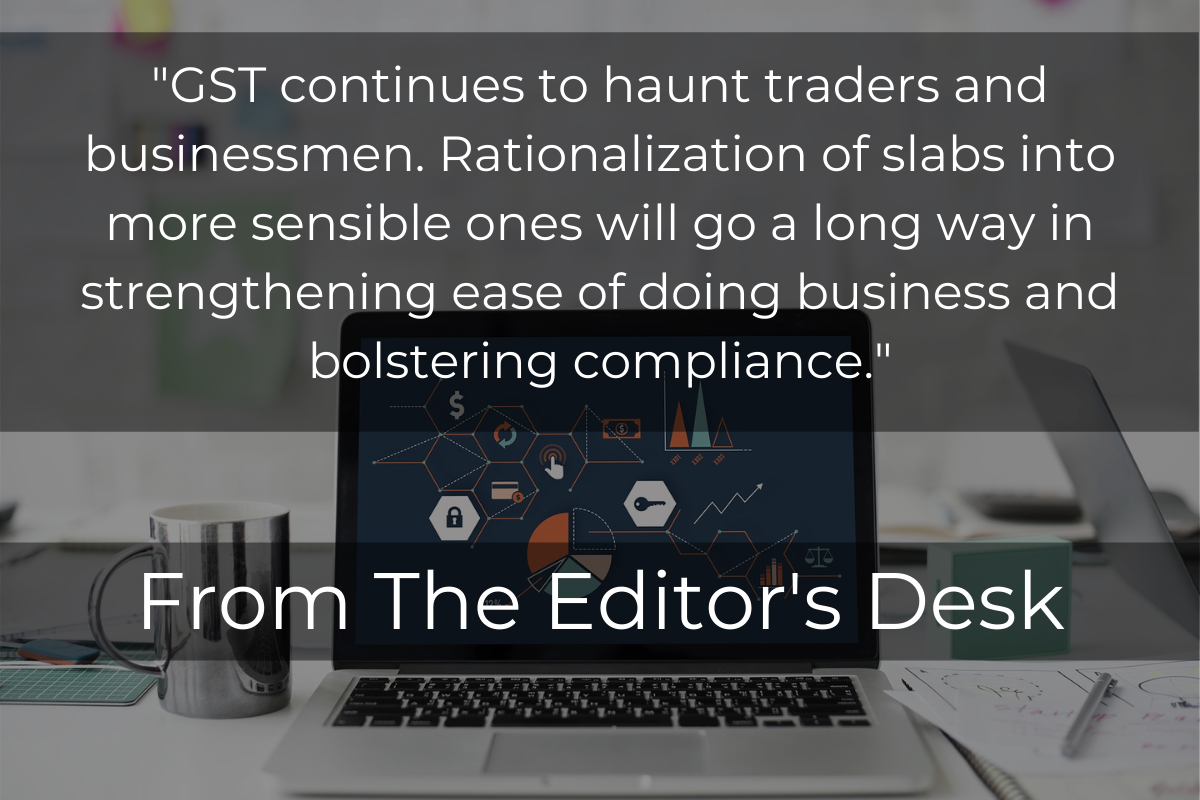Recent developments in the world of work have exposed a lacuna that mandates the C-suite to rise to the occasion and deliver effective leadership
The pandemic has disrupted the entire work ethos to the extent that nothing is the same. The rise of hybrid work arrangements has minimized in-person interactions and has opened up myriads of other opportunities for self-realization beyond the workplace. Leaders must reconcile to the new reality where absolute loyalty in the form of life-long employees is being replaced by durational commitment. Employees are now engaged for a specific period rather than a lifetime. Trends like the gig economy and shorter-term employment contracts further accentuate this metamorphosis of the workplace. However, these new developments will bring to the fore additional costs as they will impact business continuity and growth. The only way to reign in these fickle employment trends is to re-instill a sense of partnership with the workers. Business leadership can enable this course correction by inspiring respect and dedication at par with the new-age spiritual gurus who have people hanging on to every word they utter! While this may seem to be a tall mandate, it can be achieved once you realize that an employee, like any other person, seeks a sense of purpose, validation, and growth.
Business leadership must envisage a future, where the story of the business and that of the individual assimilates to create lasting value for all. Is this not the premise of all business, you may well ask? Sadly enough the recent employment trends of employee attrition, moonlighting, quiet quitting, and quick quitting prove otherwise. Somewhere along the line, we have lost visibility on the goal of striving for the greater good. Business Leadership can play a significant role in rectifying these disturbing developments by bringing people back into the fold. In the words of Canadian-American economist, John Kenneth Galbraith, “All great leaders have had one characteristic in common: It was the willingness to confront the major anxiety of people in their time unequivocally. This, and not much else, is the essence of leadership.” Business leadership can allay the fears and anxieties of the workforce by creating a vision, initiating a dialogue, and enabling success by nurturing talent for future job requirements.
Articulate a vision: ‘Vision is the art of seeing what is invisible to others’ – Jonathan Swift. Now more than ever it is necessary for leaders to articulate a shared vision with their employees. This will enable the employees to develop a clear sense of purpose for their work and may emerge as the key differentiator among the various choices available to them. It will also provide a sense of belonging to a work community, which has become of utmost importance in the post-pandemic era when most of us have lost our moorings. As Nietzsche said, “He who has a why to live for can bear almost any how”. The opposite of quiet quitting is perhaps discretionary effort, where an employee goes beyond his call of duty basis the belief he has in his purpose and a vision he believes in Organizational consultant, Warren G. Bennis’s contention that ‘Leadership is the capacity to translate vision into reality rings true only when the hands that implement are on the same page as the eyes that look into the future. In addition to being the torchbearers who set the goals for the company, leaders must inspire and strive to become the gold standard for emulation. Successful leaders such as Ratan Tata or Azim Premji are visionaries known for their hard work, perseverance, and compassion. A leader needs to emerge as an authentic and empathetic figure that can set a high benchmark and lead the way to excellence.
Initiate a dialogue: As modern organizations continue to become more dynamic and versatile, it is essential for business leaders to open the doors for communication. Business leaders must reconnect with their people to understand and leverage the existing skill sets of their workforce. The current workplace trends of moonlighting and quiet quitting indicate a disconnect between the employee and the organization. The remote work culture has enabled people to upskill or has helped them identify new areas of interest. A conversation might reveal insights that are mutually beneficial for the employee as well as the organization. The modern organizational structure which professes to have shed the hierarchical paradigm needs to become even more democratic and inclusive. This will facilitate a dialogue where an employee can freely discuss changes in interest and explore alternative ways to contribute without coming away with a sense of having rocked the boat. By the same token leadership too can encourage employees to acquire new skills or invest in augmenting their existing set of capabilities.
Invest in people: The health of an organization can be gauged by the number of people who have stayed with an organization for a long period of time. Effective leaders realize the value of their employees as brand ambassadors who will work relentlessly for the brand provided they feel a sense of belonging and ownership. In economically tough times successful leaders must go out of their way to engage with this captive audience to understand what motivates or distresses them. This will enable them to understand the pulse of the business and can go a long way in assessing and recalibrating the future journey of the business.
Team building activities and one-on-one connections will certainly go a long way in opening channels for communication and building long-term relationships with employees. However, the single most important factor in ensuring employee engagement is career progression. An organization must invest time and money to train and upskill its people to meet organizational and individual growth goals. This is a win-win as it will ensure a sustained supply of skills along with happy and engaged employees who will vouch for the brand.
There is no denying the fact that the modern workplace is in a state of flux due to the impact of multiple factors in varying degrees be it the pandemic, the economic downturn, increasing automation, or the impending talent crunch. However, the situation is not beyond repair and there is light at the end of the tunnel in the form of effective leadership. Leadership needs to expand beyond the realm of providing value to shareholders to become a more inclusive exercise that seeks to benefit the individual and society as a whole. A successful leader is one who can connect all the dots to create a continuum where the goals of the business, the individual, and society are aligned.
You might also be interested to read: Ways Employers can Evolve to Usher in the New World of Work




